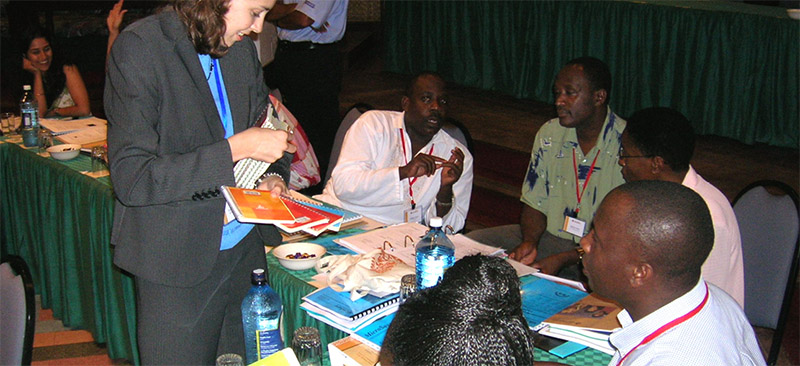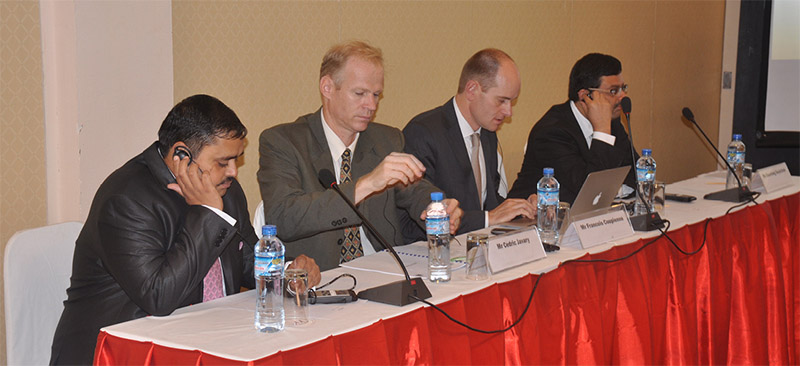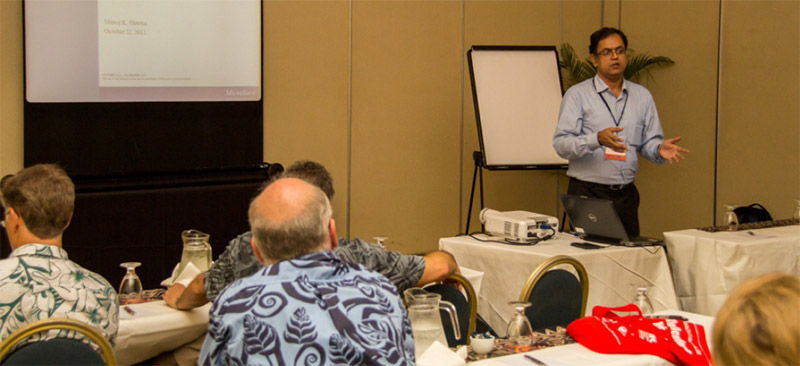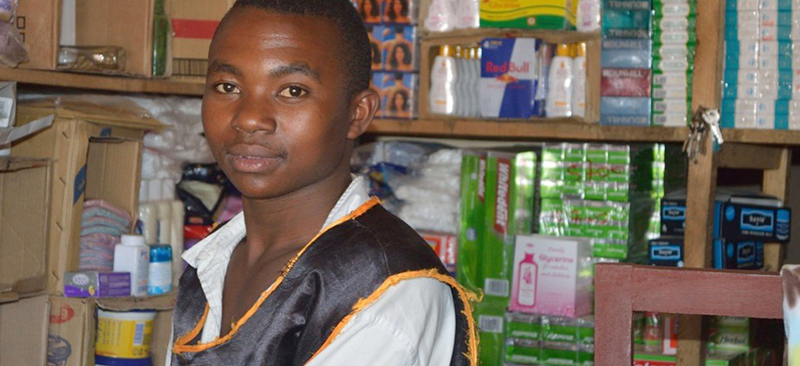Branding decides the position, reputation or image of an organisation in the market whether they want one or not. This briefing note focuses on significance of corporate branding and lessons learned therein. It states that brand development should start with the MFI identifying its competitive advantage, or the advantage that it wishes to promote given its target market’s needs and expectations. It also discusses positioning statements and corporate identity for an MFI wishing to adopt/or has adopted the market led approach and role of corporate communications and public relations.
Blog
Adapting Market Research Tools to Diverse Environments – Lessons from Europe
This note documents the lessons of several member organisations of MFC and selected microfinance institutions (MFIs) in Turkey, the Balkans, and the Caucasus that have applied the MicroSave toolkit, along with other tools, successfully. The note suggests prioritising the problems and opportunities before conducting any research and thinking creatively according to cultural sensitivities while adapting tools. It also suggests the MFIs to use a mix of techniques in doing a research while building the capacities of the existing staff in order to avoid biases. The note recommends for a careful selection of appropriate tools, open towards changes or modifications as per the need and its pre-testing before its implementation.
GRAMEEN II – At the end of 2003 – A ‘grounded view’ of how Grameen’s new initiative is progressing in the villages
This paper in a nutshell outlines what Grameen II is and how it works. It discusses the similarities between old and new Grameen, in respect of the delivery environment, group responsibilities, branch opening procedures, loan loss provisioning and write-off, staff performance incentives, and computerisation. It comments on branch performance and concludes that Grameen II is good for Grameen. The paper also discusses some of the more contentious elements – especially loan rescheduling and the drive towards greater flexibility in loan terms. Finally it looks at the impact of Grammen II on the competition building up between MFIs in Bangladesh. It reviews the way that Grameen II is being marketed, and looks at evidence on whether Grameen II is good at attracting and retaining the very poor.
The Emerging Market-Led Microfinance Agenda
The briefing note discusses the shift towards a market led approach in microfinance. It raises several questions relating to clients’ shifts in preferences, their exit and switching over to competitors’ products. This note identifies three components of market led approach—the client-product nexus, linkages between clients and institutions and the client’s financial landscape. It concludes with highlighting the emerging trends in microfinance which bring out some operational benefits that enable MFIs to lower service delivery costs, attract new clients and retain existing ones, all factors that contribute to long-term sustainability.
Signposts to the provision of market-led microfinance services
This paper lists the following signposts to the provision of market-led microfinancial services that reflect MicroSave’s experience with its Action Research Partners:
Vision and mission statements: They focus on profitability by designing, developing and delivering quality customer responsive financial services. A competent board that prevents mission drift and supports a customer-focused agenda. The executive function: Focus on the customers; Ensure balance between the functions of marketing and operations; Hire and develop competent senior management; Plan the future; Be aware of the competition. Development and retaining of customer-focused staff by investing in: Training on delivering client focused services; Effective internal communication; Building staff capacity; Staff incentive schemes. Retaining customer-focus in the front-office operations through: A marketing department that maintains a customer-focus in all activities; A research department that looks into customer requirements; A strong brand; A feedback loop that welcomes suggestions from customers; A pleasant banking environment; Branch managers, who are knowledgeable about their local community. Support from back office operations in continually improving products and processes by: Pilot testing major changes; Actively managing risk; An information technology (IT) department that develops customer-friendly IT solutions; An internal audit aimed at ensuring efficient service delivery and customer satisfaction.
The paper concludes that a market-led transformation is beneficial to a financial institution in terms of increasing profitability and outreach. However, the institution needs to use great skill to take care of the resulting growth.
Lessons from Pilot Testing Financial Services – Experience of MicroSave
This briefing note presents key lessons learned from MicroSave’s work with its Action Research Partners (ARPs) on pilot testing new financial services. It also identifies key factors that lead to successful pilot testing such as detailed understanding of customer needs and creation of well-defined products that meet those needs. Moreover, it presents key lessons learned in all the ten aspects of pilot testing. The note also ascertains three major questions—What impact has pilot testing had on the Action Research Partners? Should we always pilot test new products? Should we always pilot test new products?—which are frequently asked before pilot testing.





